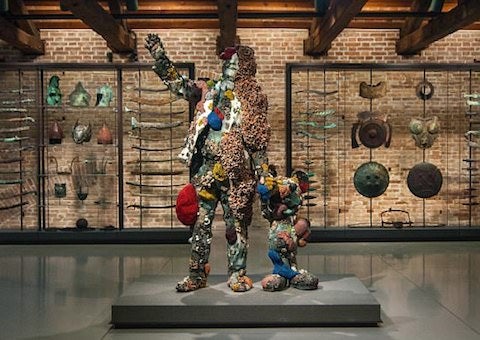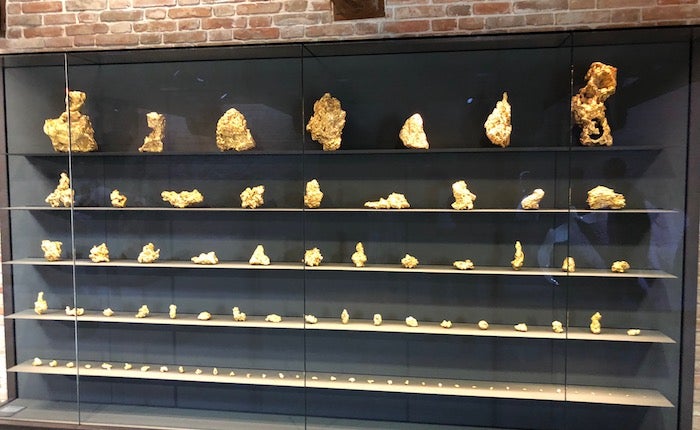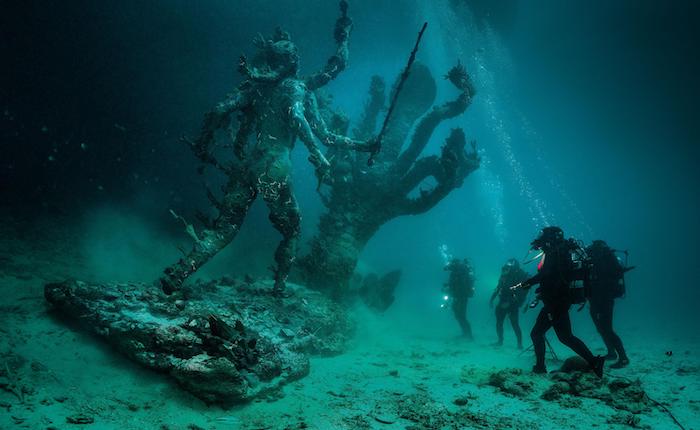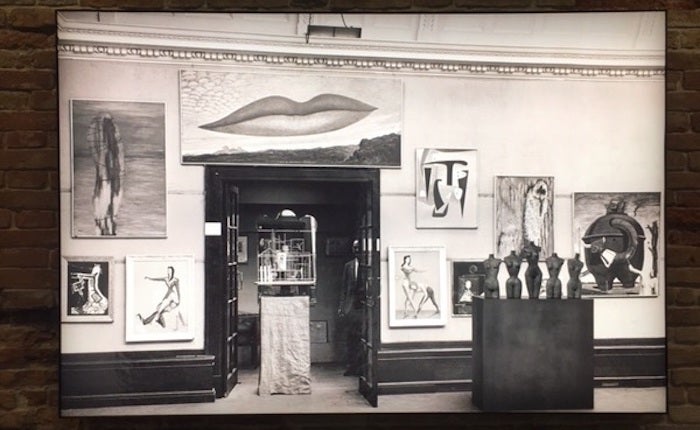
A lot of printer ink has already been spilled viciously attacking or extravagantly praising Damien Hirst’s truly gargantuan exhibition, Treasures from the Wreck of the Unbelievable, at the Venice Biennale. I’m not an art critic, so I won’t dare try to pronounce judgment on the quality of the art, but I do believe the exhibition has something to tell us about the nature of art and artifice, the art market, curators, museums, preservation, and what we now fashionably term “restoration.” It is also a sad comment on our mediated world, in which pathological liars are considered purveyors of truth, if they are presidents, and the authentic is considered less valuable than a hyped-up hoax. It is all grist for Hirst’s art production mill.
Consisting of literally hundreds of works, from a headless 60-foot statue to museum cases of ancient gold coins, jewelry and weapons, the exhibition covers 54,000 sq. feet in two different museums. It purports to be the result of a discovery in 2008 of a 1st-century galleon at the bottom of the Indian Ocean that contained the treasures of Cif Amotan II (also known as Aulus Calidius Amotan), a wealthy freed slave from Antioch who had amassed a huge collection of art from all parts of the ancient world. Being a man of low birth and little education, he collected indiscriminately, whether commissions, copies, fakes, or plain junk. When the Apistos (Greek for “Unbelievable”) went down, he lost it all. It’s as if we are visiting a giant site museum of antiquities.

An opening video at the Punta della Dogana, located on the Grand Canal opposite St. Mark’s Square, documents the retrieval of the treasure from the ocean floor, while a wall text reads: “Somewhere between lies and truth lies the truth.” Throughout the exhibit, then, we occasionally see large-scale lightbox photos of art under water, next to the same works in the gallery, still covered with barnacles and coral. At other times, we also see the cleaned-up restored pieces, as well as copies in other media. Thus, Hydra and Kali first appears as a 15-foot-high statute with sea growth, next to the same statue under water in a photo, and a cleaned-up restored version, while later at the Palazzo Grassi we see much smaller copies in gold and silver. Each piece comes with its own story, explaining its physical origin, its mythology, and its medium, but the fact that Hydra and Kali mashes up Greek and Indian mythology clues us in to the essential fiction of it all. And if we miss that, it becomes evident when we come across a statue of Mickey Mouse, holding hands with a likeness of Damien Hirst himself, while a barnacled Goofy is almost unrecognizable. As the labels indicate, it is not the work itself that is the art, but rather the display housing the work:
An array of currency scythes, hoes and pouches
Glass, powder-coated aluminum, painted aluminum, painted MDF, silicone, LED lighting, stainless steel and bronze
240 x 300 x 53 cm

Indeed, many pieces seem to quote both ancient and modern art in a postmodern pastiche, which is why at least one art critic called the exhibition “devoid of ideas, aesthetically bland, and ultimately snooze-inducing.” However, to require originality of form (the primary criteria for traditional art historians) misses the point. Instead, Hirst seems to be commenting on the evolution of art exhibition itself, as when he displays a group of four female torsos in various media, then hangs a blow up of a grainy (old!) black and white photo of a Surrealist salon, where paintings by Max Ernst, René Magritte, and Jean Arp hang behind the same group of torsos. Hirst also implies that all art – good, bad, original, copies, kitsch – is now circulated as a commodity, moving from galleries to museums to private collections and back, with each site adding its own markup. It is especially museum curators and restorers who legitimize the commodification of art, although such behavior was once considered unethical for curators. And lest we think that film archives and restorations are immune from such activity, we should remember that film copyright owners are more than willing to make money from work funded by public archives, but see little need to support film preservation.

Hirst is, of course, an unashamed participant in this circulation of art commodities. Rumor has it, the exhibition cost $100 million (financed by the French billionaire François Pinault with the artist himself contributing $50 million), but virtually every piece in the show has been pre-sold, so that the exhibition may have earned its money back before it even opened; it is now estimated to make as much as a billion. It also seems no accident that the “treasure was discovered” in 2008, at the very moment the art market (along with Wall Street) crashed and burned, but is now available nine years later, when excess and conspicuous consumption of the wealthy has become the new normal for the Trump era.
< Back to Archival Spaces blog






 Mobile Navigation
Mobile Navigation

